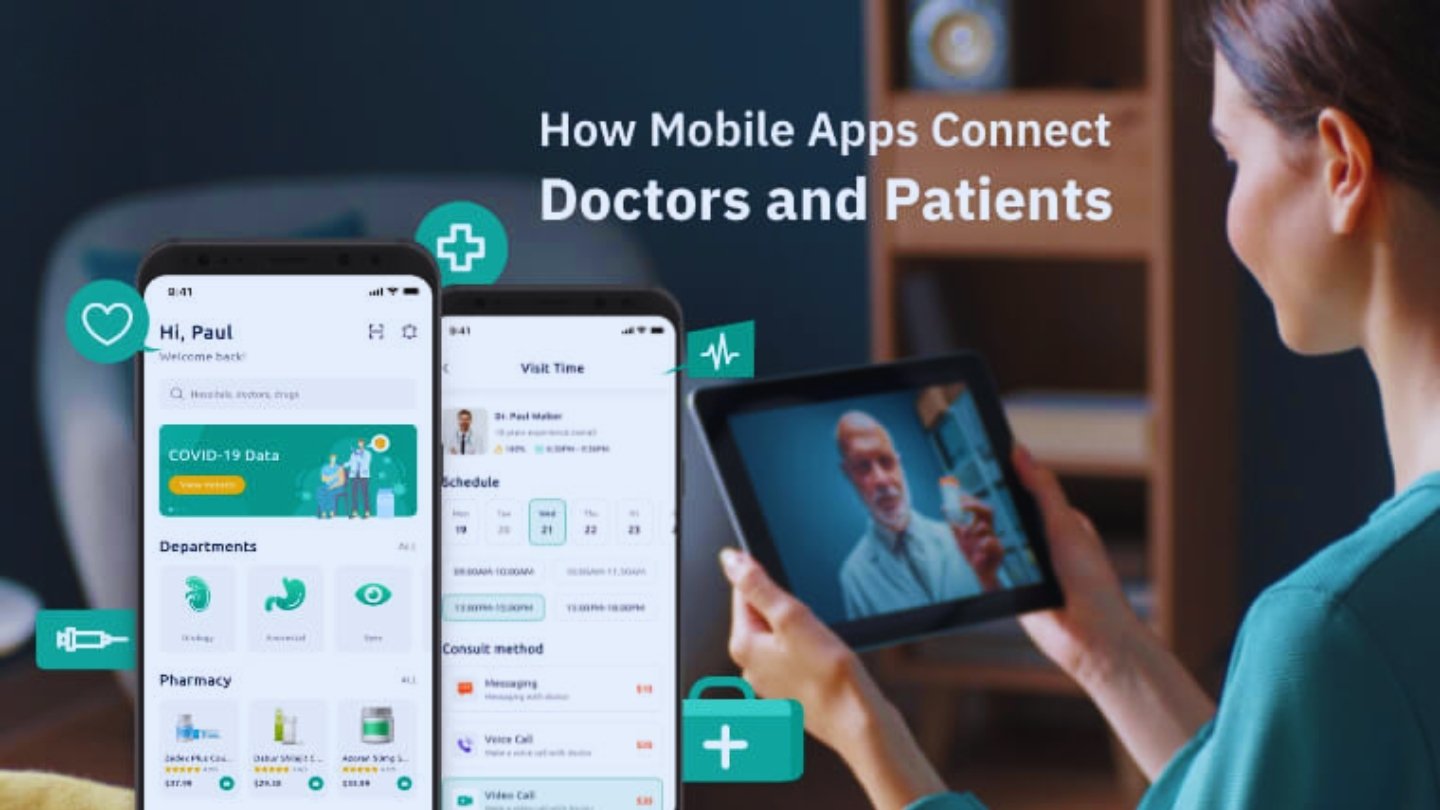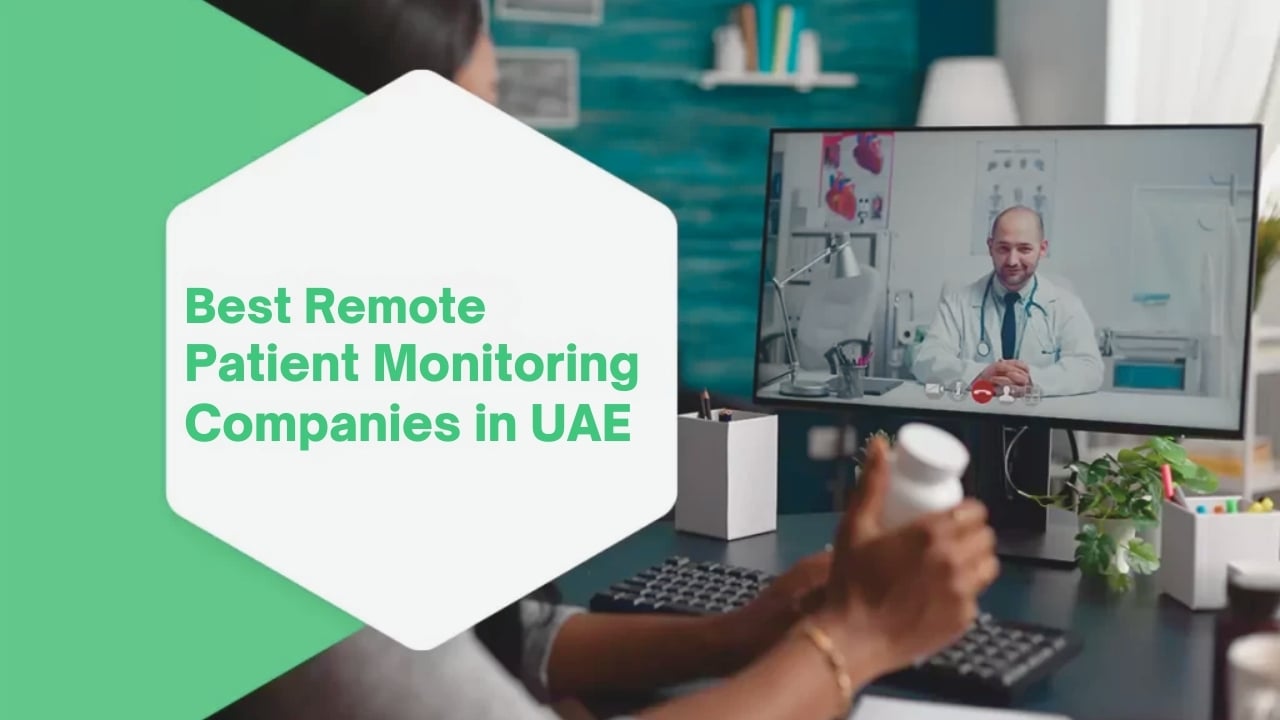
Green IT and Sustainable Hospital Information Systems

The Future of Healthcare is Green
In a world facing increasing environmental challenges, the healthcare industry—long considered a high-energy, high-resource sector—is now being reshaped by the principles of sustainability and digital innovation. One of the most compelling intersections of these trends is the rise of Green IT in the implementation and evolution of hospital information systems. These technologies are not only helping healthcare institutions deliver better patient outcomes but also significantly reduce their carbon footprint.
According to a 2023 report by the World Health Organization, the healthcare sector contributes nearly 4.4% of global carbon emissions. With the healthcare industry expanding rapidly—especially in emerging economies like Saudi Arabia and the UAE—there's an urgent need to embrace environmentally responsible solutions. A key player in this movement is the hospital management system software, which underpins everything from patient recordkeeping to diagnostics and operational workflows.
This article explores how Green IT is transforming the design, deployment, and optimization of hospital management systems, particularly the broader hospital information management system framework. We'll also examine how these green technologies align with healthcare goals, reduce energy consumption, and support national digital health visions such as Saudi Arabia's Vision 2030.
What is Green IT in the Context of Healthcare?
Green IT, or Green Information Technology, refers to the environmentally sustainable use of computing resources. In the healthcare sector, this means adopting IT systems and practices that minimize energy consumption, reduce electronic waste, and lower carbon emissions—all while enhancing the performance and reliability of health services.
In the context of a hospital information system, Green IT involves:
- Optimizing server loads to reduce power usage
- Leveraging cloud computing to cut down on physical hardware
- Digitizing records to eliminate paper waste
- Enabling telemedicine to reduce patient travel and hospital congestion
When implemented correctly, these practices enhance not just environmental responsibility but also the operational efficiency of healthcare providers. With the increasing reliance on hospital management system software, the demand for energy-efficient and eco-friendly IT infrastructure is stronger than ever.
The Role of Hospital Information Systems in Sustainability
A hospital information system (HIS) plays a pivotal role in streamlining healthcare delivery. It integrates data across various hospital departments, including patient admissions, diagnostics, treatment plans, billing, and discharge. Traditionally, these systems required extensive on-premise servers, high power consumption, and frequent hardware upgrades.
However, the modern hospital management system is evolving. By embracing Green IT principles, these systems are becoming more sustainable. Cloud-based solutions now offer scalability without the need for excessive local infrastructure. Data centers used by cloud providers are increasingly powered by renewable energy sources, further reducing the carbon footprint.
Additionally, the paperless environment promoted by HIS reduces waste. Medical forms, prescriptions, and lab reports can be shared and stored digitally, minimizing the need for physical documentation. This not only saves trees but also reduces the hospital's need for storage space, printing supplies, and physical document handling.
Cloud Computing and Its Contribution to Green Hospital Management Systems
Cloud computing is at the heart of the green transformation in healthcare. By moving hospital information systems off local servers and into the cloud, hospitals can significantly reduce their electricity consumption, cooling requirements, and maintenance costs.
A cloud-based hospital management system software also enables healthcare organizations to:
- Automatically scale resources based on demand
- Avoid over-provisioning of IT infrastructure
- Reduce the need for hardware replacements
- Benefit from economies of scale in cloud data centers
Leading cloud providers such as Microsoft Azure, AWS, and Google Cloud have committed to using 100% renewable energy in their data centers. This means that hospitals leveraging cloud HIS platforms are indirectly participating in carbon offset initiatives.
Moreover, cloud-based systems offer robust disaster recovery and data redundancy features. These eliminate the need for physical backup devices, reducing both cost and environmental impact. By deploying sustainable cloud solutions, healthcare providers can also ensure compliance with national data protection laws and healthcare regulations.
Energy Efficiency in Hospital Information Management Systems
Energy efficiency is a key metric in evaluating the sustainability of a hospital information management system. Hospitals traditionally operate 24/7, and their IT infrastructure must support continuous access to patient data, imaging systems, and administrative functions.
Green HIS platforms are built with energy-efficient components such as:
- Virtual servers instead of physical ones
- Energy-star rated equipment
- Power management software that optimizes CPU cycles
- Load balancing to reduce power spikes
These features help hospitals cut energy consumption significantly. Studies show that virtualized servers can use up to 60% less power than traditional servers. Additionally, energy monitoring tools now integrated into HIS platforms allow hospital IT managers to track and optimize energy use across departments.
Furthermore, by adopting thin clients instead of power-hungry desktop computers, hospitals can reduce electricity consumption on the end-user side. These devices also generate less heat, reducing the need for air conditioning in large hospital IT rooms.
Paperless Hospitals: A Step Toward Environmental Responsibility
One of the most impactful sustainability benefits of a modern hospital management system is the shift toward paperless operations. Traditional hospitals rely heavily on paper for documentation, prescriptions, administrative tasks, and patient communication.
With digital transformation, hospitals can eliminate:
- Paper-based patient records
- Printed test results
- Manual appointment books
- Faxed referrals and discharge summaries
Instead, the hospital information system facilitates digital entry and retrieval of all data, accessible in real-time by authorized staff. This improves the speed and accuracy of care, reduces clerical errors, and lowers operational costs associated with paper handling.
A paperless hospital not only saves money but also promotes sustainability. The energy and water required to produce paper are significant. By eliminating paper use, hospitals contribute to a greener environment and set an example for eco-conscious healthcare.
Sustainable Procurement and Lifecycle Management in Hospital IT
Green IT isn't just about how systems operate—it's also about how they are sourced, maintained, and decommissioned. Sustainable procurement ensures that hospitals purchase equipment and software with a lower environmental impact over their lifecycle.
Best practices in sustainable IT procurement include:
- Choosing vendors with environmental certifications (e.g., EPEAT, ENERGY STAR)
- Prioritizing devices made from recyclable materials
- Buying hardware with modular designs that can be upgraded instead of replaced
- Selecting software vendors who practice carbon neutrality
Lifecycle management of hospital IT equipment is also crucial. Hospitals must establish protocols for recycling or safely disposing of outdated devices. Many modern hospital management system software platforms offer automated updates, which reduce the need for hardware changes and extend the useful life of IT assets.
By incorporating sustainability into every stage of the IT lifecycle, hospitals can reduce electronic waste and avoid the hidden environmental costs of frequent equipment turnover.
Environmental Benefits of Telemedicine and Remote Monitoring
The rise of telemedicine—facilitated by hospital information systems—has transformed patient care and significantly reduced environmental strain. Instead of traveling to hospitals for routine check-ups or consultations, patients can now connect with doctors via secure video calls.
This shift contributes to sustainability by:
- Reducing patient travel and associated carbon emissions
- Decreasing traffic congestion and hospital footfall
- Minimizing the use of physical space and resources in outpatient departments
Remote patient monitoring, another facet of modern hospital information management system platforms, allows continuous observation of patients using wearable devices. Data is transmitted directly to the hospital, enabling proactive care without unnecessary hospital visits.
This approach conserves hospital resources, enhances patient convenience, and aligns with green healthcare principles. It also supports population health initiatives by enabling early detection of health issues, reducing emergency admissions, and improving long-term outcomes.
Smart Infrastructure and IoT Integration for Energy Optimization
The integration of IoT (Internet of Things) in hospital systems offers new opportunities for energy optimization. Modern hospitals equipped with smart sensors can monitor and adjust lighting, temperature, and equipment usage in real time.
Examples of IoT-driven green practices in hospitals include:
- Automated lighting that adjusts based on occupancy
- Smart HVAC systems that optimize air conditioning based on room usage
- IoT-enabled asset tracking to reduce equipment redundancy
- Smart elevators and energy-efficient escalators
These systems can be controlled through a centralized hospital management system, making it easier for facility managers to monitor energy use and identify areas for improvement.
Furthermore, IoT devices integrated with HIS platforms provide valuable data analytics.
Hospitals can generate reports on energy usage, carbon savings, and resource optimization—insights that support continuous improvement and sustainability compliance.
Alignment with National and Global Sustainability Goals
Implementing Green IT in hospital information systems is not just a technological trend; it's a critical step toward meeting broader environmental and public health objectives. For instance, Saudi Arabia’s Vision 2030 prioritizes sustainability and digital transformation in healthcare.
By adopting eco-friendly hospital management systems, healthcare institutions contribute to:
- Reduced national carbon emissions
- Enhanced energy security through lower power demands
- Improved public health through cleaner environments
- Better alignment with international agreements like the Paris Climate Accord
Hospitals can also gain competitive advantages and public trust by demonstrating their commitment to sustainability. Certifications and sustainability ratings are increasingly influencing patient choices and institutional partnerships.
Conclusion
The future of healthcare lies at the intersection of technology, efficiency, and environmental responsibility. hospital information management system are not just administrative tools—they are platforms for change. By embedding Green IT principles into these systems, hospitals can reduce costs, enhance care delivery, and contribute meaningfully to a sustainable planet.
From cloud computing and IoT to paperless workflows and telemedicine, every component of a hospital management system can be optimized for sustainability. As national healthcare ecosystems evolve, especially in progressive regions like Saudi Arabia, investing in green digital infrastructure is not just wise—it’s essential.
The time is now for healthcare leaders, IT managers, and policy makers to prioritize hospital management system software that reflects both technological excellence and environmental responsibility. A smarter hospital is a greener hospital—and a healthier planet depends on both.
Know More About :- Cybersecurity in Hospital Information Management Systems : Complete Guide 2025
Email :- hello@sisgain.ae
Phone No :- 56-848-5757
Location :- Saudi Arabia
.jpg?width=1280&height=720&name=Untitled%20design%20(1).jpg)
